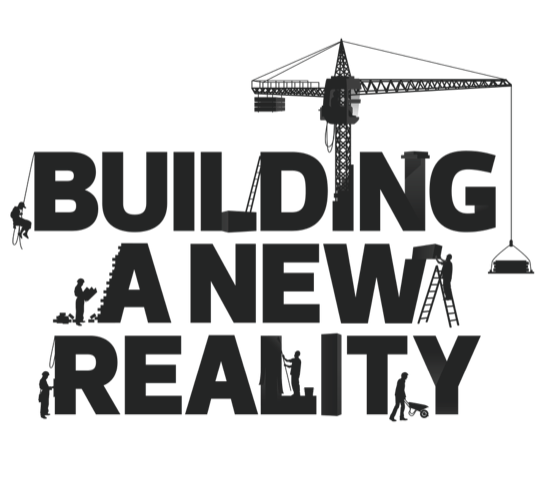I’ve always had specific ideas about how to make the world a better place. For the last few weeks, I’ve been blogging about the need for a kinder, gentler capitalism, and providing examples of what it could look like. But blogging isn’t enough.

Talk vs. Action
Buckminster Fuller, one of the great innovators of the twentieth century, said, “To change something, build a new model that makes the old model obsolete.” I agree. Talk is cheap; action has value. When I get excited about ideas, I usually build working models to try those ideas out.
That’s what my wife Susan and I did when we created the Community Service Foundation in 1977, to work with troubled kids and their families. We believed it was critical that we change the nature of relationships between adults and kids, rather than just hand out punishments for inappropriate behavior.

The strategies we used have come to be known as “restorative practices.” At the heart of restorative practices is doing things with people, rather than to them or for them.
The kids we worked with had a wide range of social labels: delinquent, incorrigible, special education, mental health, drug abuse, at-risk, expelled. An eight-year study of almost 4,000 youth who attended CSF and its educational partner, Buxmont Academy, had remarkably positive results. I’m happy to report that the two organizations are still alive and well in southeastern Pennsylvania.

We founded the International Institute for Restorative Practices, a master’s degree-granting graduate school located in Bethlehem, Pennsylvania, in 2000, with the goal of advancing the emerging social science of restorative practices. The school has been accredited twice and now has almost three hundred master’s degree students, using online technology to serve restorative practitioners around the globe.
GLIA: A new, experimental project
We have a track record of successful projects. And I’m hoping to achieve similar success with another project that I’m calling a GLIA—the acronym for a Global Local Investment Association. Its purpose is to increase the influence of ordinary citizens, their families and communities, in a world now dominated by governments and large corporations.

For most of human history, families and communities were the basic building blocks of society. People lived in small, intimate groups, glued together to create tribes, cities, kingdoms and empires. “Yet in little more than two centuries, the Industrial Revolution has broken these building blocks into atoms,” says historian Yuval Noel Harari in his bestselling book, Sapiens: A Brief History of Humankind (2011).
Family farms and workshops used to provide most of the jobs before the Industrial Revolution. The family, supported by the local community, “was also the welfare system, the health system, the education system.” The Industrial Revolution changed all that by giving government and business powerful new technology. The state and market—rather than family and community—now provide most of our food, shelter, education, health, welfare, employment, pensions, insurance and protection.
However, many regret the loss of strong families and communities, and feel alienated and threatened by the power that the impersonal state and market wield over our lives. German sociologist Jürgen Häbermas described the modern reality as “the system”—the sum total of governments, laws, economies, organizations and paid professionals. The “system” has pushed aside the traditional “lifeworld” of family, friends and community—that network of people, unlike those in the system, who look out for each other not because they are paid, but because they care.

Can we establish a substantial organization—a GLIA, a form of kinder, gentler capitalism—that cares about the needs of ordinary people, and has sufficient influence to counterbalance the powerful government and corporate interests that dominate the world?
I don’t know.
It took me decades to bring CSF, Buxmont and IIRP to fruition, and I’m 73 years old now. On the other hand, my parents both lived into their 90s—so maybe I have a decade or two of work still in me.
Stay tuned here, and on our Facebook page, to see what happens next.


